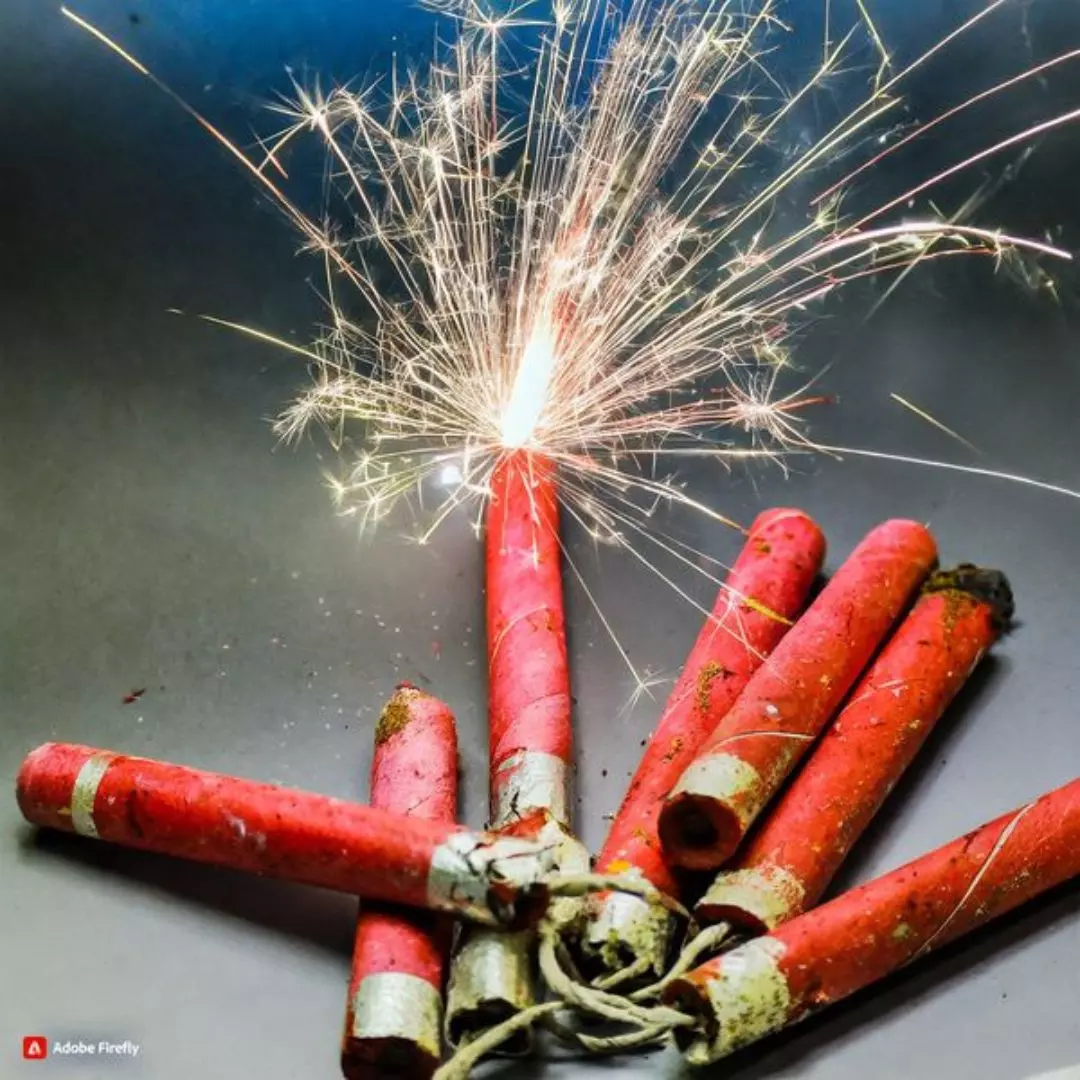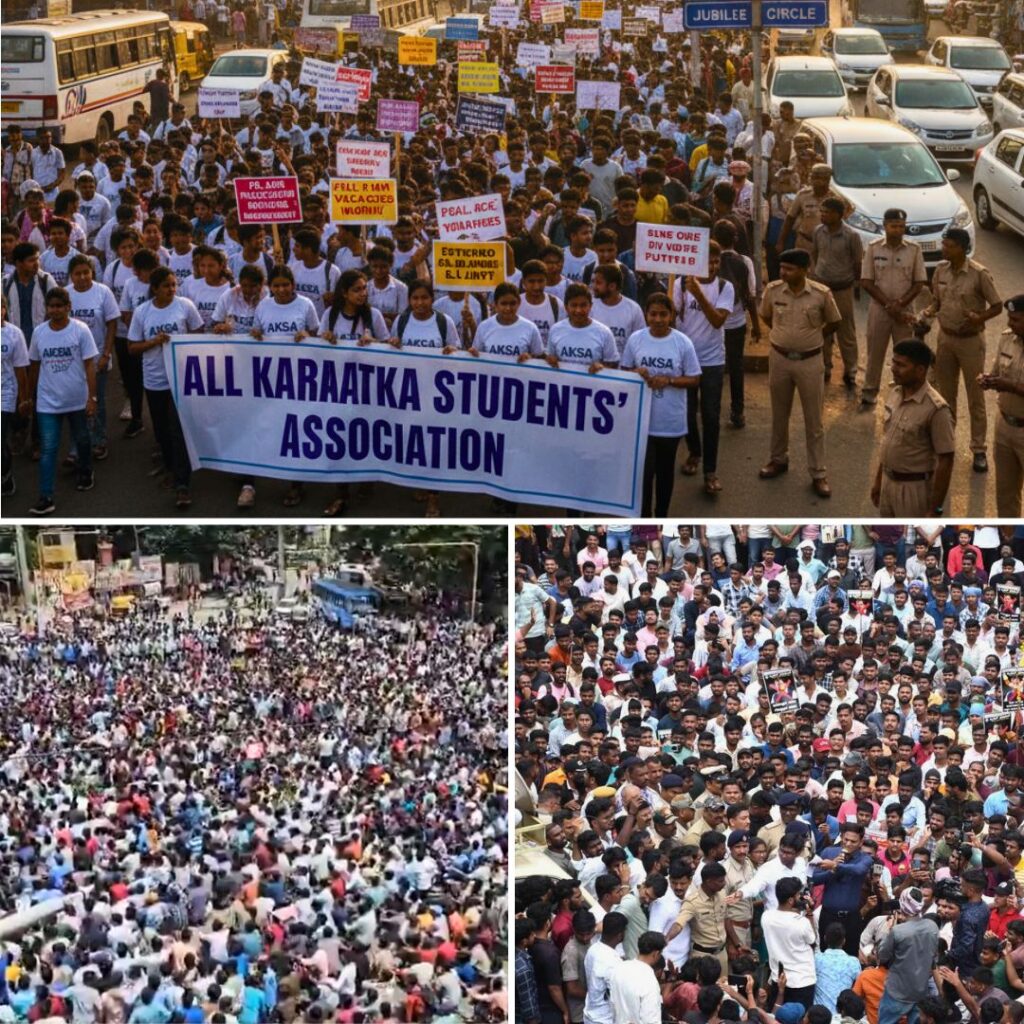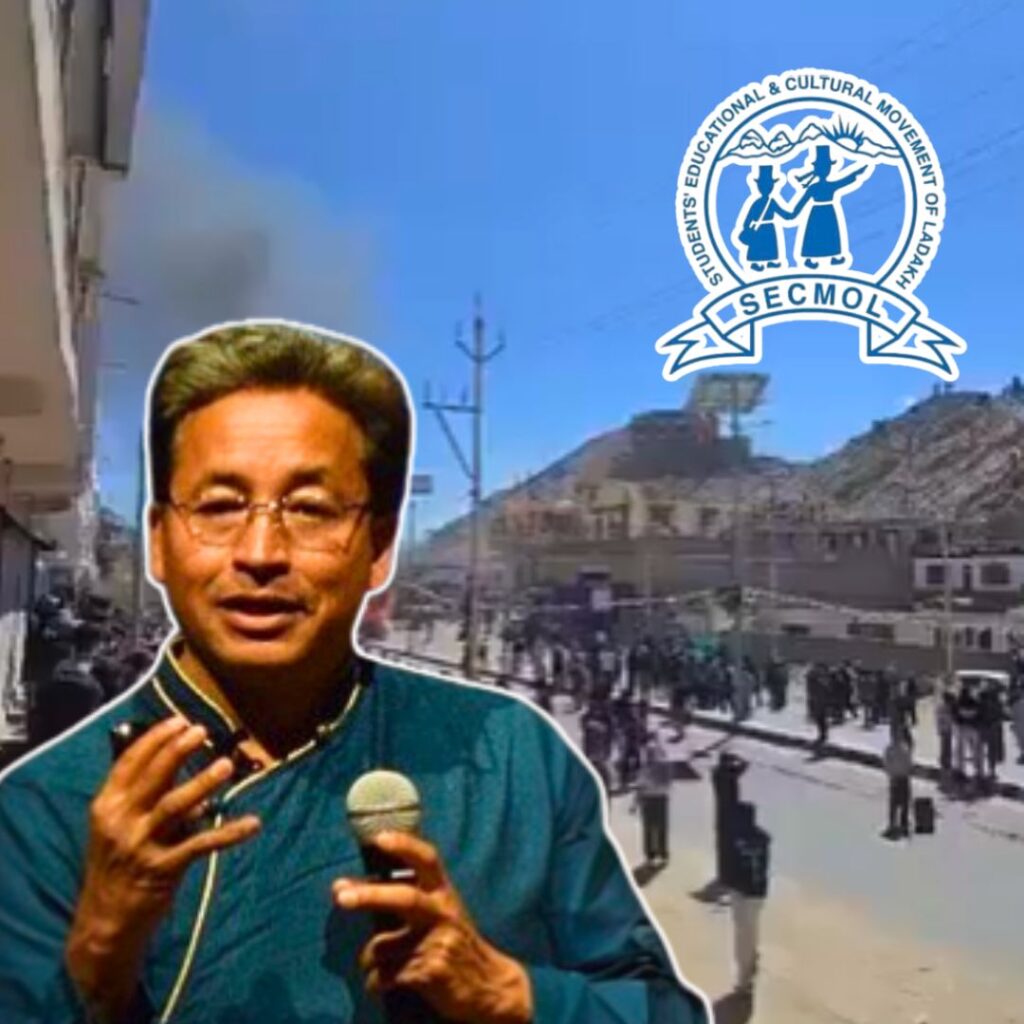A dense and hazardous smog enveloped Delhi, Noida, Gurugram, and their surrounding areas on Monday morning after residents violated the Supreme Court’s ban on fireworks during Diwali. The National Capital Region, already grappling with deteriorating air quality, experienced a significant surge in pollution due to the festive celebrations. Visuals from across Delhi depicted thick haze, severely limiting visibility to just a few hundred meters.
Despite the Supreme Court’s prohibition extending beyond the NCR, the use of barium and banned chemicals in firecrackers persisted, exacerbating the already alarming Air Quality Index (AQI) in the region.
In contrast, Sunday morning revealed a temporary respite, with Delhi witnessing its best air quality on Diwali in eight years. Clear skies and an AQI of 202 at 7 am marked a brief improvement. However, by Monday, the average AQI in Anand Vihar remained very poor at 312, with PM2.5 levels reaching 488. RK Puram recorded an AQI of 305, with PM2.5 dominating at 455. The concentration of PM2.5 in the city soared to 20 times the limit recommended by the World Health Organization, prompting the closure of primary schools and restrictions on truck entry.
At 5:30 am, Delhi’s air quality soared to 514, classified as “hazardous” by Swiss group IQAir, making Delhi the most polluted city globally. Anand Vihar registered the highest pollution level, reaching an AQI of 969 at 5 am. The hazardous air quality prompted the categorization of AQI levels across Delhi and NCR, with Noida at 269 (poor) and Gurugram at 329 (very poor), both recording alarming PM2.5 levels, reported Hindustan Times.
Despite the Arvind Kejriwal-led AAP government’s complete ban on firecrackers, the intensity of bursting fireworks increased, though somewhat less than the previous year. The post-Diwali scenario in Delhi now forecasts a renewed spike in pollution levels, posing severe challenges to respiratory health. The government’s consideration of “artificial rain” to combat the foul air was briefly entertained until unexpected rainfall brought relief. Saturday’s 24-hour average AQI stood at 220, the lowest on the day before Diwali in eight years, but the grim reality of pollution in the national capital remains a persistent concern. The CPCB data over the years illustrates a troubling trend, with the AQI reaching 312 on Diwali last year, 382 in 2021, 414 in 2020, and a peak of 431 in 2016.
Also Read: Uttarakhand Civil Code Draft To Be Tabled Soon By State Govt










